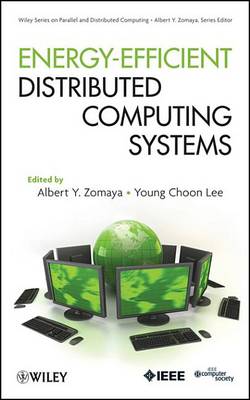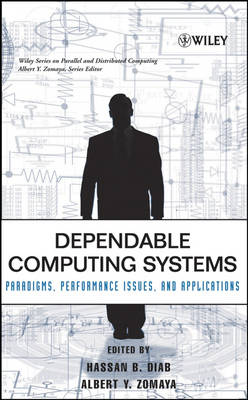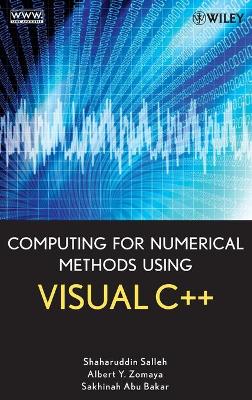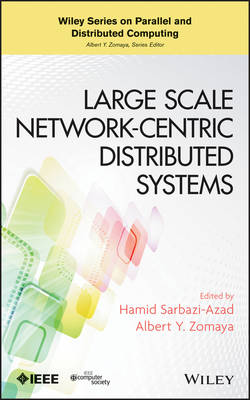Wiley Series on Parallel and Distributed Computing
1 primary work • 5 total works
Book 88
Energy-Efficient Distributed Computing Systems
by Albert Y. Zomaya and Young-Choon Lee
With computers and networks pervading every aspect of daily life, there is an ever-growing demand for dependability. In this unique resource, researchers and organizations will find the tools needed to identify and engage state-of-the-art approaches used for the specification, design, and assessment of dependable computer systems.
The first part of the book addresses models and paradigms of dependable computing, and the second part deals with enabling technologies and applications. Tough issues in creating dependable computing systems are also tackled, including:
* Verification techniques
* Model-based evaluation
* Adjudication and data fusion
* Robust communications primitives
* Fault tolerance
* Middleware
* Grid security
* Dependability in IBM mainframes
* Embedded software
* Real-time systems
Each chapter of this contributed work has been authored by a recognized expert. This is an excellent textbook for graduate and advanced undergraduate students in electrical engineering, computer engineering, and computer science, as well as a must-have reference that will help engineers, programmers, and technologists develop systems that are secure and reliable.
Computing for Numerical Methods Using Visual C++
by Shaharuddin Salleh, Albert Y. Zomaya, and Sakhinah A. Bakar
Computing for Numerical Methods Using Visual C++ fills the need for a complete, authoritative book on the visual solutions to problems in numerical methods using C++. In an age of boundless research, there is a need for a programming language that can successfully bridge the communication gap between a problem and its computing elements through the use of visual-ization for engineers and members of varying disciplines, such as biologists, medical doctors, mathematicians, economists, and politicians. This book takes an interdisciplinary approach to the subject and demonstrates how solving problems in numerical methods using C++ is dominant and practical for implementation due to its flexible language format, object-oriented methodology, and support for high numerical precisions.
In an accessible, easy-to-follow style, the authors cover:
-
Numerical modeling using C++
-
Fundamental mathematical tools
-
MFC interfaces
-
Curve visualization
-
Systems of linear equations
-
Nonlinear equations
-
Interpolation and approximation
-
Differentiation and integration
-
Eigenvalues and Eigenvectors
-
Ordinary differential equations
-
Partial differential equations
This reader-friendly book includes a companion Web site, giving readers free access to all of the codes discussed in the book as well as an equation parser called "MyParser" that can be used to develop various numerical applications on Windows. Computing for Numerical Methods Using Visual C++ serves as an excellent reference for students in upper undergraduate- and graduate-level courses in engineering, science, and mathematics. It is also an ideal resource for practitioners using Microsoft Visual C++.
Scalable Computing and Communications
by Samee U. Khan, Albert Y. Zomaya, and Lizhe Wang
Reviews the latest advances in the all-important field of scalable computing
In telecommunications and software engineering, scalability is the ability of a system, network, or process to either handle growing amounts of work in a graceful manner or be enlarged to accommodate that growth. It is a desirable property for many scientific, industrial, and business applications and an important feature for hardware.
This immersive book summarizes the latest research achievements in the field of scalable computing and covers new topics that have emerged recently on computing and communications, such as unconventional computing, green and sustainable computing, cloud and volunteer computing, and more. Filled with contributions from world-renowned engineers, researchers, and IT professionals in diverse areas, Scalable Computing and Communications covers:
- Circuit and component design
- Operating systems
- Green computing
- Network-on-chip paradigms
- Computational grids
- High-performance computing
- Software
- Networking in scalable computing and mobile computing
- Next-generation networking
- Cloud computing
- Peer-to-peer systems
Scalable Computing and Communications is well organized with basic concepts, software infrastructure and middleware, and applications and systems. Filled with numerous case studies, figures, and tables, it is a valuable book that offers great insight into future trends and emerging topics for professionals and students in the field.




